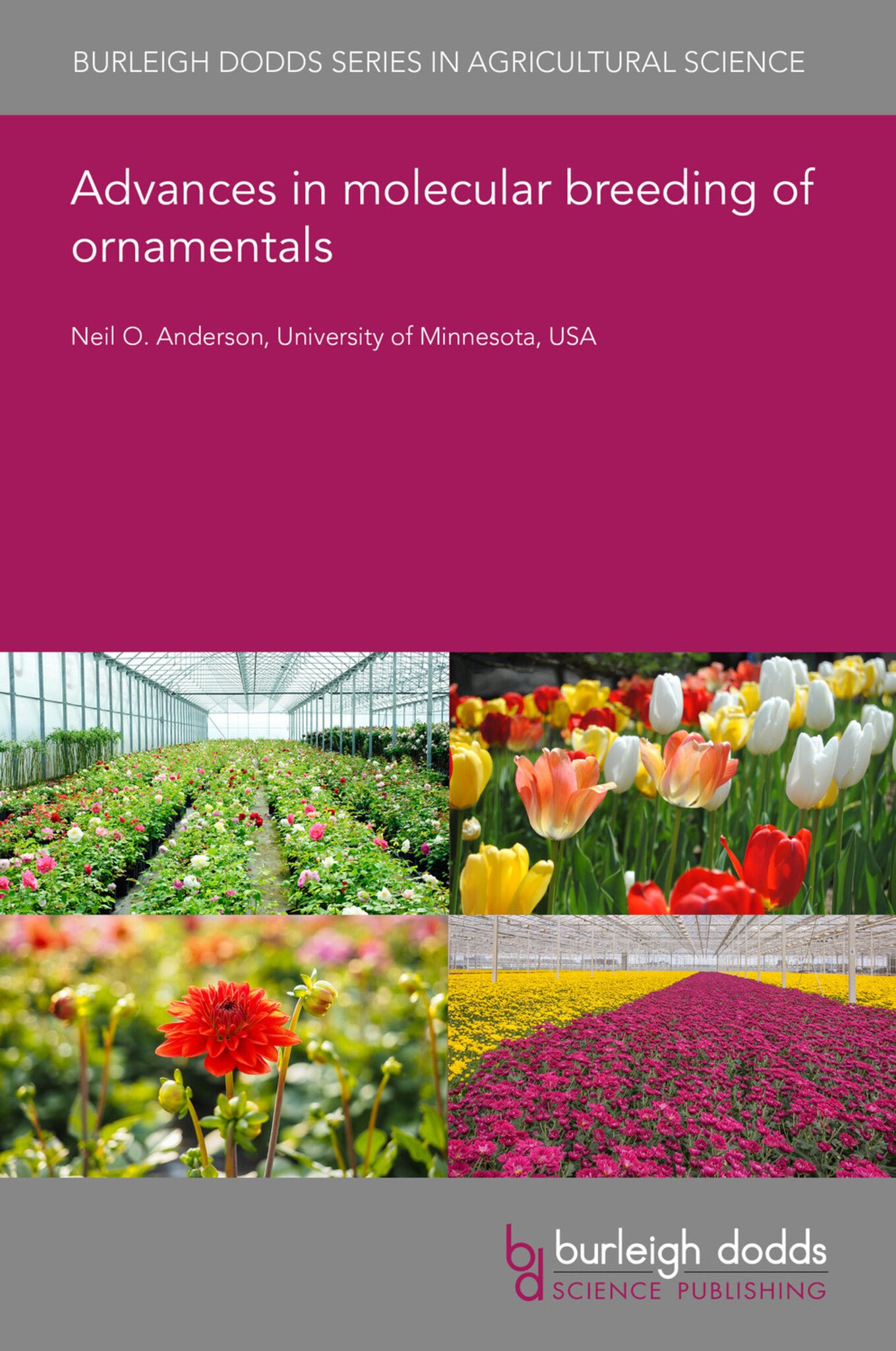We're sorry. An error has occurred
Please cancel or retry.
Advances in molecular breeding of ornamentals

Some error occured while loading the Quick View. Please close the Quick View and try reloading the page.
Couldn't load pickup availability
- Format:
-
27 April 2020


SCIENCE / Life Sciences / Horticulture, Commercial horticulture, TECHNOLOGY & ENGINEERING / Agriculture / Sustainable Agriculture, Botany and plant sciences, Sustainable agriculture

1 Introduction 2 Flowers as study organisms for early genetic research 3 Flower breeding in the nineteenth and twentieth centuries 4 Early use of biotechnology in marker-assisted breeding 5 Flower color 6 Flowering genes 7 Genetically engineered flowers (GMOs and GEOs) 8 Genome sequencing 9 Gene editing (CRISPR-Cas9) 10 Conclusion 11 Future trends in research 12 Where to look for further information 13 References



